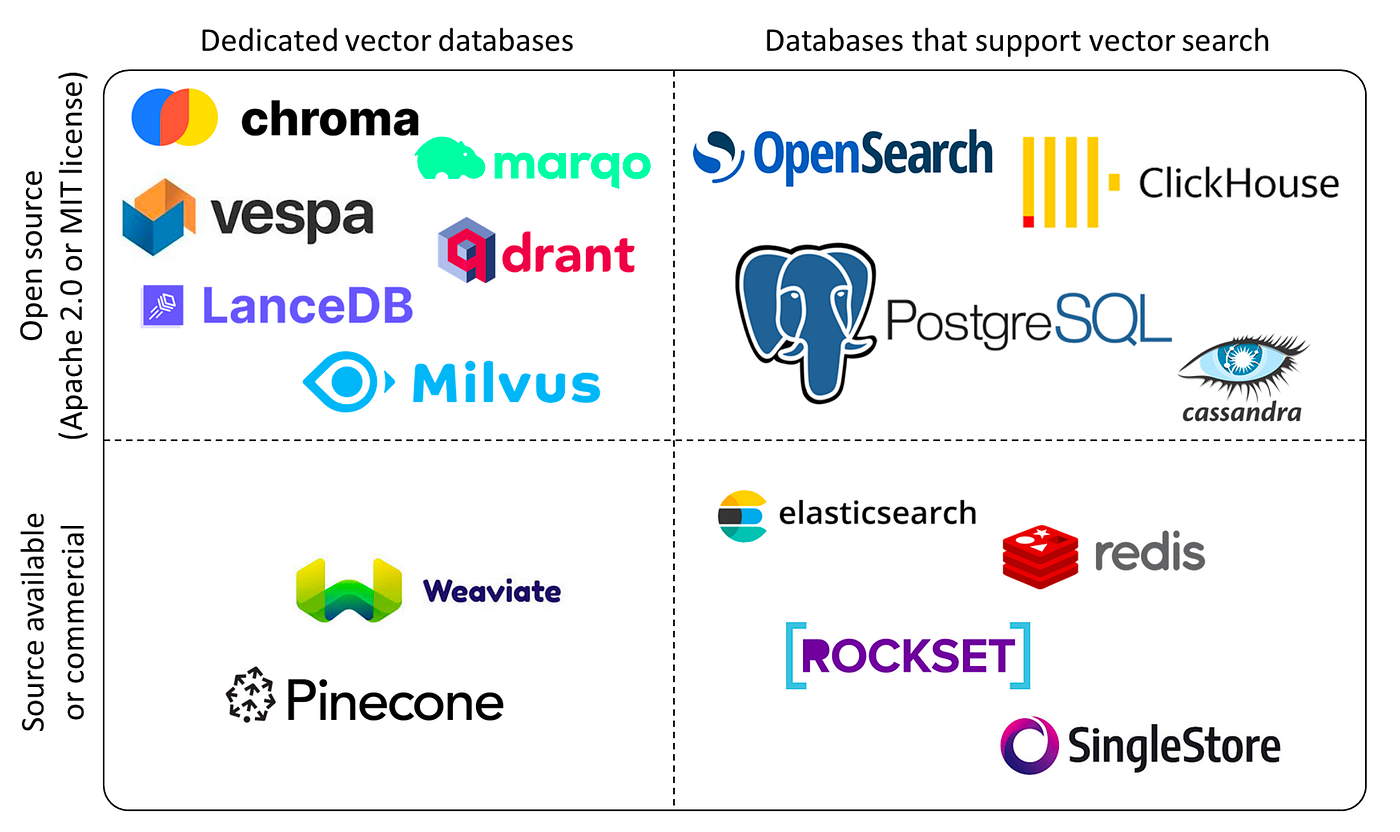The Future of Data is Here: Demystifying Vector Databases for Modern Needs
Introduction
Hey there! this is my first time writing a technical blog on Hashnode, and I'm excited to share what I've been exploring lately. Just a few days ago, I started looking into something called vector databases. It brought back memories of high school math, especially Chapter 4 of my textbook back then, vectors weren't exactly my favorite chapter, but now I see how those lessons are useful for understanding how things work in vector databases.
Now, let's dive into why I found vector databases interesting and why they are important.
What are Vector databases?
Understanding Vectors
Before we come to vector databases, let's revise the concept of vectors that we studied in high school textbooks. A quantity that has magnitude as well as direction is called a vector. This is the definition which is written in NCERT Books, keeping those books with me seems to be now useful lol.
Vectors are often represented graphically as arrows, with the length of the arrow indicating the magnitude and the direction of the arrow indicating the direction of the vector.

That's what vectors look like in an NCERT book. Well, don't worry, I won't cause anyone trauma by teaching vector algebra here. Instead, I'll focus on explaining more about vector databases in this article. Otherwise, some people might get upset with me, haha!
In the context of data storage and analysis, vectors can be used to represent features or attributes of data points in a high-dimensional space.
The role of Vector databases
Vector databases are a special type of database that stores and manages data using high-dimensional vectors. Unlike traditional databases like MongoDB and SQL, which organize data into rows and columns, vector databases excel at handling all sorts of messy data and assisting with complex tasks like finding similar items or aiding in AI projects.
Differences from relational databases
For years, we've relied on relational databases to organize our data neatly into rows and columns. but now, as we encounter messy, unstructured data like text and images, a new kind of database has emerged: the vector database.
The main difference between relational databases and vector databases lies in the type of data they store. While relational databases are designed for structured data that fits into tables, vector databases are intended for unstructured data, such as text or images. this distinction also affects how data is retrieved: In relational databases, query results are based on matches for specific keywords, whereas in vector databases, query results are based on similarity.
So, why the change? Vector databases are important because they can handle messy data that traditional databases can't. They use special math tools called vector embeddings to turn this messy data into detailed pictures, capturing all the important details.
These detailed pictures allow us to do something amazing: instead of just looking for exact matches like traditional databases do, vector databases can find similar things. For example, instead of searching for a specific word in a document, they can find documents that are similar in meaning.
Why do Vector databases matter?

Overcoming limitations
Traditional databases have their limitations, especially when dealing with unstructured data and supporting advanced operations like similarity searches. vector databases address these limitations by offering better support for unstructured data types and excelling in similarity searches and approximate nearest neighbour retrieval.
Applications in AI and machine learning
In the world of AI and machine learning, traditional data storage struggles with complex information. but vector databases step in, using semantic embeddings to understand data at a deeper level. Instead of just keywords, they grasp the meaning and relationships between data points.
Imagine searching for images not just by words, but by their essence. that's what vector databases do. they find visuals based on their content and style.
They're great for tasks like:
Finding images and videos based on context or themes, not just keywords.
Giving personalized recommendations based on your unique preferences.
Spotting unusual patterns quickly and accurately.
They also help with:
Grouping data into meaningful categories for analysis.
Making complex data easier to work with.
Creating detailed profiles to personalize experiences.
The application of vector databases in Retrieval-Augmented Generation (RAG) helps with the easy and fast retrieval of information. I'll write another article on it soon.
In short, vector databases are changing Machine Learning and AI by making machines understand data better, leading to more personalized and impactful experiences for everyone.
Popular Vector databases

Exploring options
Some popular vector databases in the market include Pinecone, ChromaDB, Milvus, and Weaviate. These databases offer a range of features and capabilities, with some being open-source and freely available for developers to use and experiment with.
Conclusion
So there you have it! A glimpse into the world of vector databases and why they're gaining importance in today's data-driven landscape. From their ability to handle unstructured data to their support for advanced AI applications, vector databases offer a powerful solution for modern data management and analysis.
References:
https://www.algolia.com/blog/ai/how-does-a-vector-database-work-a-quick-tutorial/
